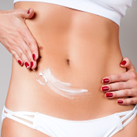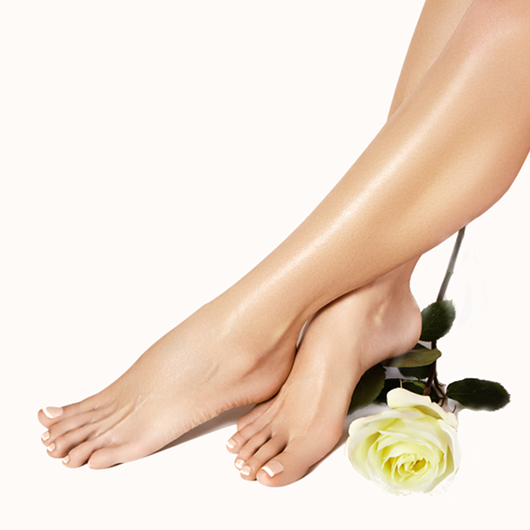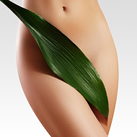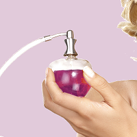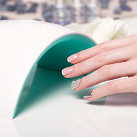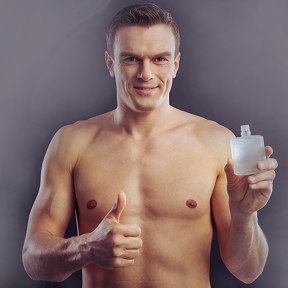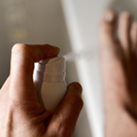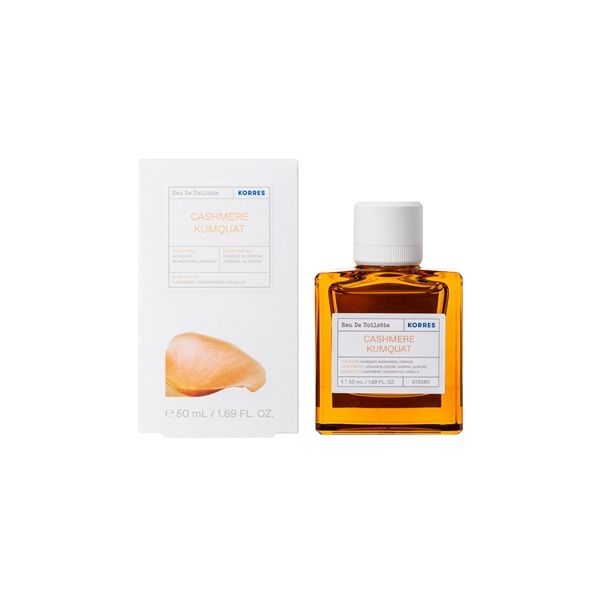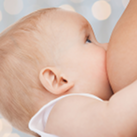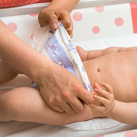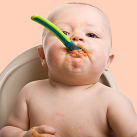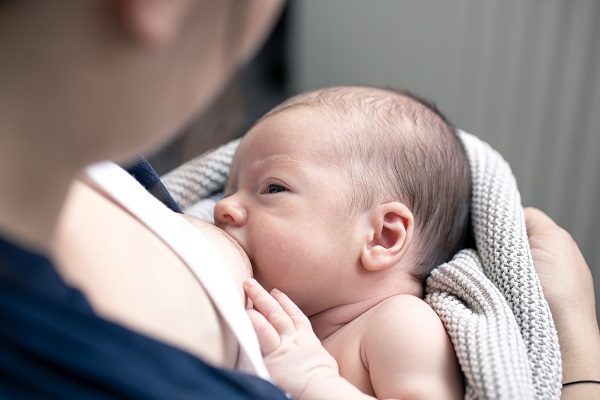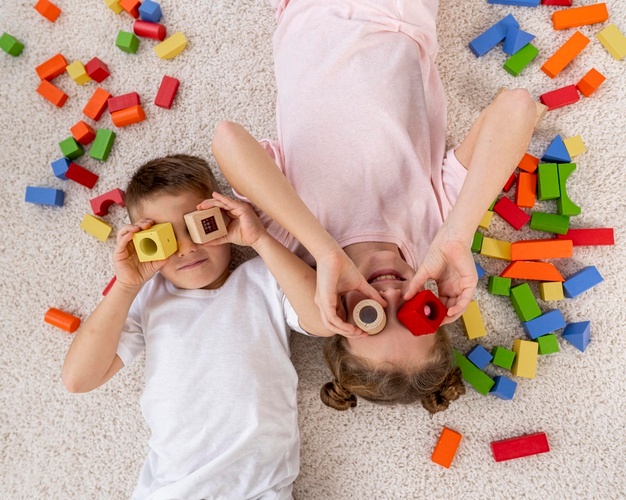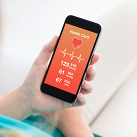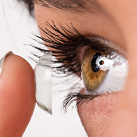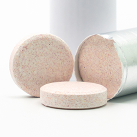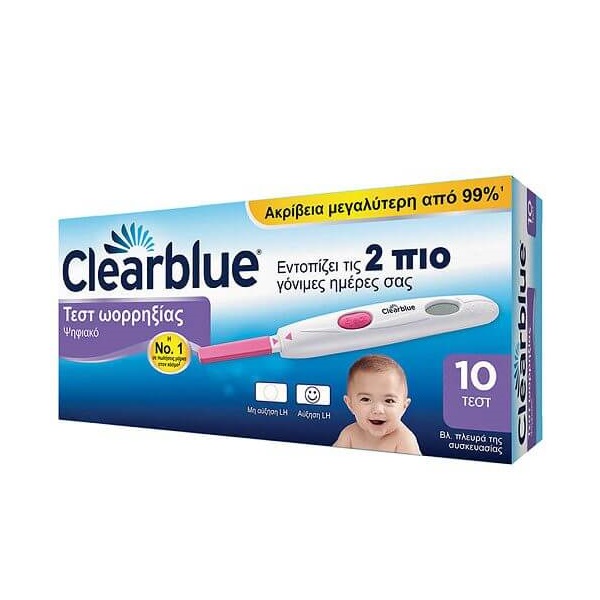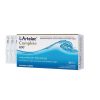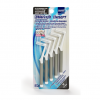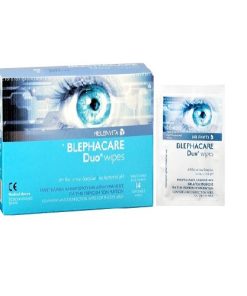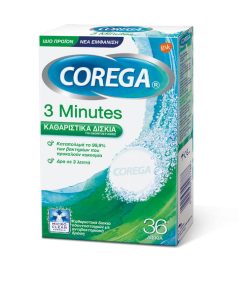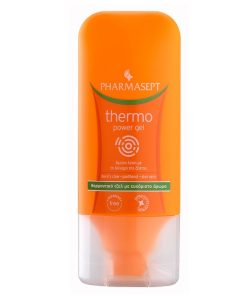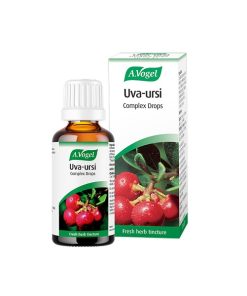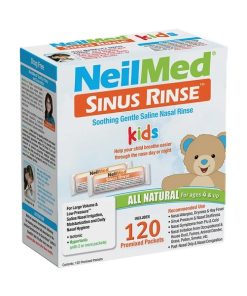– To work out your cycle length, count the day period starts (first day of full menstrual flow) as Day 1, and continue counting through to the day BEFORE your next period starts – the number of days is your cycle length.
– Once you know your cycle length, use the table below to find out when to start testing:
| Your cycle length in days | 21 or less | 22 | 23 | 24 | 25 | 26 | 27 | 28 | 29 | 30 | 31 | 32 | 33 | 34 | 35 | 36 | 37 | 38 | 39 | 40 | 41 or more |
| Start testing on the day under your cycle length | 5 | 5 | 6 | 7 | 8 | 9 | 10 | 11 | 12 | 13 | 14 | 15 | 16 | 17 | 18 | 19 | 20 | 21 | 22 | 23 | 17 days before your next period |
– You can test at any time of the day, but you should test at the same time of day each day.
– Try not to urinate for four hours before you do the ovulation test, and you should avoid excessive fluid intake before testing – you might find it easier to use the first urine of the day.

2. Getting the ovulation test ready
– Before applying urine to the ovulation test stick it must be inserted into the test holder.

– Align the pink arrow on the ovulation test stick with the pink arrow on the test holder and insert until it clicks into place.
– Wait for the ‘test ready’ symbol to appear and take the ovulation test immediately.
3. Doing the test
 – Place the absorbent sampler pointing downwards in your urine stream for 5 to 7 seconds.- Or collect a sample of your urine in a clean, dry container. Dip the absorbent sampler in the urine for 15 seconds.
– Place the absorbent sampler pointing downwards in your urine stream for 5 to 7 seconds.- Or collect a sample of your urine in a clean, dry container. Dip the absorbent sampler in the urine for 15 seconds.
4. Wait for 3 minutes
 – Keep the sampler pointing downwards or lay the test flat. Throughout testing never hold the test with the absorbent tip pointing upwards.
– Keep the sampler pointing downwards or lay the test flat. Throughout testing never hold the test with the absorbent tip pointing upwards. – After 20 to 40 seconds the ‘test ready’ symbol will start flashing to show the ovulation test is working.
– After 20 to 40 seconds the ‘test ready’ symbol will start flashing to show the ovulation test is working.
– Do not eject the ovulation test stick before you get your result.
– Replace the ovulation test stick’s cap and wait for 3 minutes.
– Take care not to get the test holder wet.
5. Read your results
 No LH surge: If you get a ‘blank circle’, the test hasn’t detected your LH surge. Test again at the same time tomorrow using a new ovulation test stick.
No LH surge: If you get a ‘blank circle’, the test hasn’t detected your LH surge. Test again at the same time tomorrow using a new ovulation test stick.
 LH surge: A ‘smiley face’ means you’ve detected your LH surge. Your 2 most fertile days are today and tomorrow so having sex in the next 48 hours will maximise your chances of getting pregnant.
LH surge: A ‘smiley face’ means you’ve detected your LH surge. Your 2 most fertile days are today and tomorrow so having sex in the next 48 hours will maximise your chances of getting pregnant.
– Once you have read your final result eject the ovulation test stick and throw it away.
– Your result can only be read on the test holder display – you cannot determine your result from any lines on the ovulation test stick.
– Your result will remain on the display for 8 minutes.
– Do not re-insert a used ovulation test stick.

 Ελληνικά
Ελληνικά

